This town in Gujarat makes the Best Harmoniums in India
Palitana’s reeds, famous for their durability, distinct notes, and fine craftsmanship, are the most sought after across India.
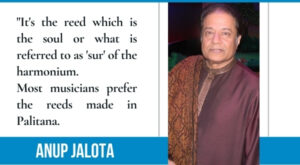
Palitana (Bhavnagar): Barring an occasional stray cow, the narrow by-lanes in the temple town of Palitana in Gujarat seldom get any visitors in the torrid summer.
Manohar Bhai Parmar, or Manubhai as he is fondly known in the music circles, is one of the most coveted craftsmen for singers who want to infuse their songs with soothing notes of a harmonium. Not only are Manoharbhai’s harmoniums in high demand, but doyens of classical music also vouch for the harmonium reeds made in his native town of Palitana.
Known as the largest pilgrimage centre for the Jain community, Palitana, about 50 km from Bhavnagar, is also where harmonium reeds are manufactured and shipped to other parts of the country and sometimes even abroad. The instrument, which lends itself beautifully to various styles of music from classical to ghazals to kirtans, produces sound as air flows past a vibrating piece of thin metal in a frame. This piece of metal is called a reed. Most harmoniums have two or three sets of reeds per note.
“A lot of German commodities fell out of favour after the Second World War. Many countries wanted to eliminate any German cultural footprint and German reeds were among products whose import was banned in India.” – Manek Premchand, author and historian.
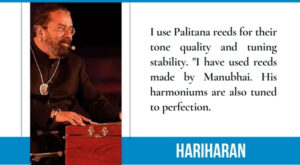 Until the 1960s, reeds for harmoniums were largely imported from Germany, but after manufacturing units there shut shop, Palitana suddenly found itself swamped with orders. Today, there are about 10 units in Palitana that manufacture reeds, employing approximately 600 people. Experts say it is the durability, distinct notes, and fine craftsmanship of Palitana reeds that make them stand out.
Until the 1960s, reeds for harmoniums were largely imported from Germany, but after manufacturing units there shut shop, Palitana suddenly found itself swamped with orders. Today, there are about 10 units in Palitana that manufacture reeds, employing approximately 600 people. Experts say it is the durability, distinct notes, and fine craftsmanship of Palitana reeds that make them stand out.
The craftsmen in Palitana say that the art of making the perfect reed is a gift they were born with and it’s not an acquired skill. The secret to a melodious reed lies in a good ear. It depends on the innate ability of the craftsman to listen and to attune all his senses to music. It is not a skill that can be taught. It’s instinctive, says Parag Mistry, great-grandson of Mohanlal J Mistry, whose family has been making reeds since 1931.
Local legend has it that in 1901, Bhavnagar’s ruler Krishnakumar Singhji Gohil called two blacksmiths to repair the harmonium of a British man. Jivanlal Mistry and Mohanlal had never seen a harmonium, but using their sense of music they successfully repaired it. Since the generations of the family have “followed their calling” and produced some of the finest reeds available in the market. At one point, the entire process was manual. Today, there are machines to assist but the tuning of the reed is done manually by the master craftsman.
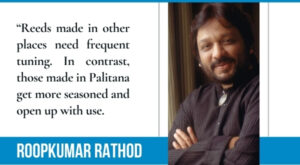 How Reeds Make Music:
How Reeds Make Music:
A harmonium includes two or three air chambers. Each air chamber contains reeds, made of copper or brass, which are set in different octaves or timbres. Reeds come in three types covering three different octaves. These include bass, male and treble. Bass reeds are the lowest, male reeds are one octave up and treble reeds even higher. To make a reed, brass scrap is melted in a foundry and then cast in a copper tongue. The reeds are meticulously scrutinised by the craftsman to check that they produce the sound they are supposed to. A set of 42 reeds, each with a unique identification number associated with a particular musical note, is then kept in individual packets. A single unit churns out 15O sets of reeds every month. Their price ranges from Rs 350 to Rs 2,000 per set depending on the octaves of the harmoniums.
This story had originally appeared in TOI, dated May 29, 2019 by Tushar Prabhune.




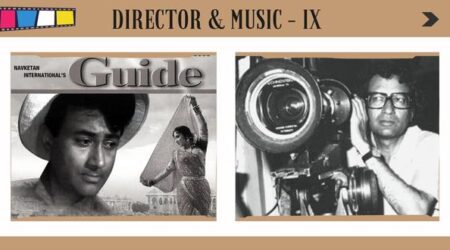




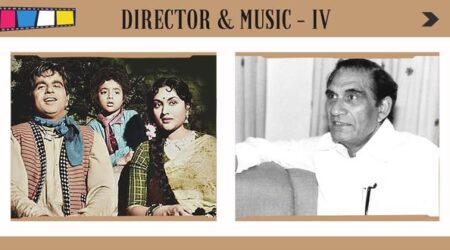
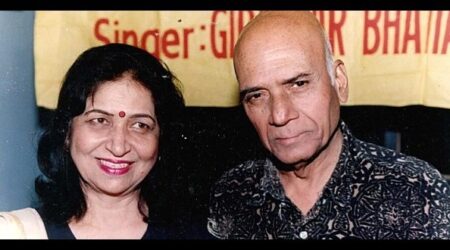



Leave a Reply